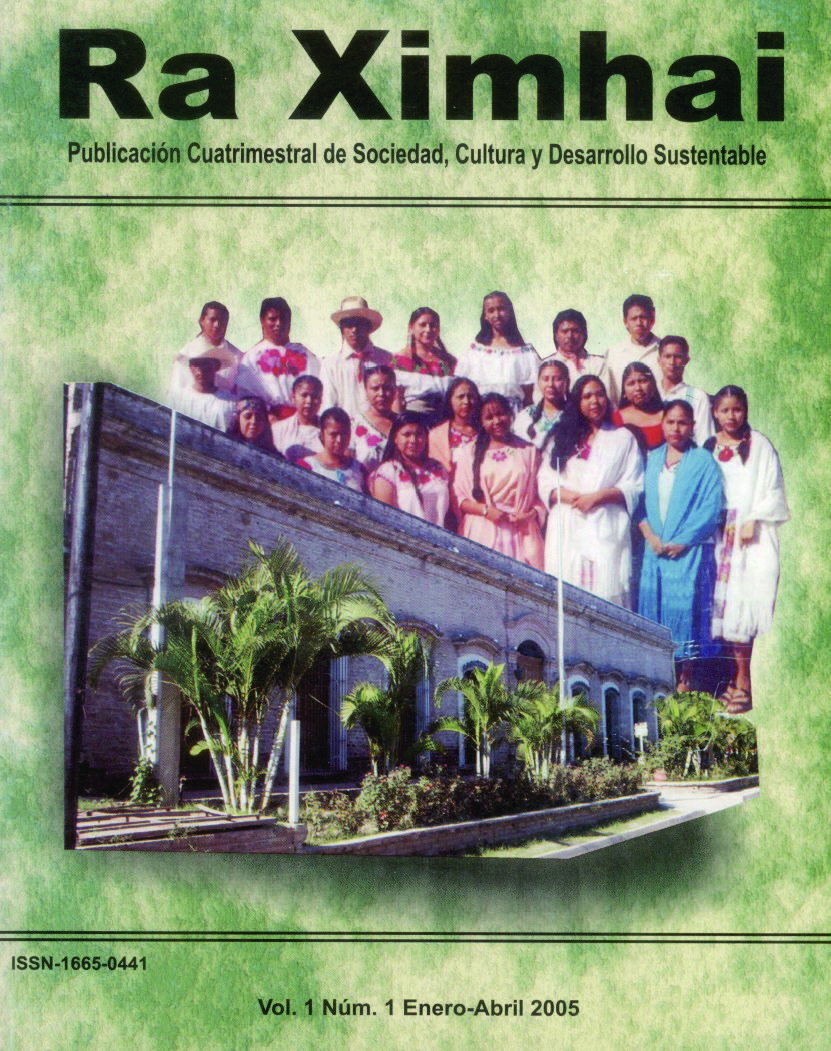Morphology of needles and cones in natural populations of "Pinus Arizonica Engelm"
DOI:
https://doi.org/10.35197/rx.01.01.2005.09.RRKeywords:
Pinus arizonica Engelm, morphologic variation, geographic variation, morphologyAbstract
In order to estimate and show the phenotypic variation of some natural populations of Pinus arizonica Engelm, 11 morphological variables were evaluated in needles and cones of nine natural populations, considering only the population as the source of variation. Of the variables analyzed in the present study, such as needle length, number of serrations per centimeter, number of needles per fascicle and needle width, they presented the greatest variation between populations, while the variable with the least variation between populations was presented in cone length and umbo length. According to the analysis of variance, the six evaluated needle characters were highly significant, while of the five evaluated cone characters, three of them were significant and two were not significant. Highly significant correlations were found in most of the variables analysed, including: 1) number of serrations per cm with the number of stomata per cm on the three sides of the needle, 2) the number of needles per fascicle with altitude, and 3) the length of the needle with its width. The cluster analysis formed four groups, two thirds of the maximum Euclidean distance apart, which are morphologically different from each other, with a tendency to group populations by climatic and physiographic factors.
Downloads
References
Barret, W. H. G.
“Variación de caracteres morfológicos en poblaciones naturales de Pinus patula Schl. et Cham. en México”. I.D.I.A. Suplemento Forestal. No. 7: 9-35.
Bell, R. C.
“Variación y clasificación de las plantas”. Ed. Herrero Hermanos Sucesores, S.A. México. 142 pp.
Callaham, R. Z.
“Investigación de procedencias: estudio de la diversidad genética asociada a la geografía”. Unasylva 18 (2-3).
Cetenal
a “Carta Geológica”. G14 C34 Saltillo. Esc. 1:50 000 Secretaria de la Presidencia.
b “Carta Topográfica”. G14 C32 General Cepeda Esc.1:50 000 Secretaria de la Presidencia.
c “Carta Topográfica”. G14 A11 Guadalupe. Esc. 1:50 000 Secretaria de la Presidencia.
Martínez, M.
“Los Pinos Mexicanos”. 2a. Edición Ed. Botas México 361 pp.
Perry J.P.
“The Pines of Mexico and Central America”. Ed. Timber Press. Portland, Oregon. 231 pp.
Rzedowski, J.
“Vegetacíón de México”. Ed. LIMUSA. México. 431 pp.
Statistical Analysis System.
“User’s Guide: Statics”. Versión 6. 1028 pp.
Schoenike, R. E.
“Geographical variation in jack pines (Pinus banksiana Lamb.)” Agricultural Experiment Station. University of Minnesota. Tech. Bull. 47:3
Snedecor G.W.
“Métodos Estadisticos”. CECSA. México. p. 32-58.
Wright J.W
“Mejoramiento genético de los árboles forestales. FAO Estudios de Silvicultura y Productos Forestales”. No.16 Roma. 436 pp.
Yañez M.
“Estudio de variación de algunas características de Pinus strobus var. chiapensis de tres localidades de su distribución natural”. Tesis profesional. UACH. Chapingo, México. 173 pp.
Zobel J. B. y J. Talbert
“Técnicas de mejoramiento genético de árboles forestales”. LIMUSA, México.
pp.
Downloads
Published
How to Cite
Issue
Section
License
Copyright (c) 2005 Rodrigo Rodríguez Laguna, Miguel A. Capo Arteaga

This work is licensed under a Creative Commons Attribution-NonCommercial 4.0 International License.
Usted es libre de:
- Compartir — copiar y redistribuir el material en cualquier medio o formato
- Adaptar — remezclar, transformar y construir a partir del material
- La licenciante no puede revocar estas libertades en tanto usted siga los términos de la licencia
Bajo los siguientes términos:
- Atribución — Usted debe dar crédito de manera adecuada , brindar un enlace a la licencia, e indicar si se han realizado cambios . Puede hacerlo en cualquier forma razonable, pero no de forma tal que sugiera que usted o su uso tienen el apoyo de la licenciante.
- NoComercial — Usted no puede hacer uso del material con propósitos comerciales .
- No hay restricciones adicionales — No puede aplicar términos legales ni medidas tecnológicas que restrinjan legalmente a otras a hacer cualquier uso permitido por la licencia.








